Best Backpacking Battery Pack Portable Charger 2024
Last Updated: April 7, 2024
The Highest Power-To-Weight-Ratio Backpacking Portable Chargers
If you rely on electronics for navigation, communication, and entertainment in the backcountry, we highly recommend carrying a backpacking battery pack. Doing so increases safety, decreases stress, and improves the user experience. Go ahead, shoot more video, check your GPS app as frequently as you want, leave your satellite messenger on tracking mode, and enjoy that audiobook before bed. We carry a portable charger on most outing, and you should too.
Shortcut: Buy the Nitecore NB10000 Gen 2. It is by far the best performing and most well-rounded option for most people on most trips.
This guide is grounded in over a decade of power bank user experience, meta study, and stats comparison. Power-to-weight-ratio is our guiding light, because we want to carry the lightest possible battery pack with the most possible mAh (milliamp hours). Note, we use the phrase battery pack, power bank, and portable charger interchangeably.
Jump ahead for pro tips on buying and using these devices. And while you’re here, you may also be interested in our accessory guides to the best headlamps, best satellite communicators, backpacking trowels, and GPS app. Or upgrade your kit with our 9 pound ultralight gear list.
You make Adventure Alan & Co possible. When purchasing through links on our site, we may earn an affiliate commission at no additional cost to you. Here’s why you can trust us.
Backpacking Power Bank Recommendations By Trip Duration
For 1-2 Days
- Best Stats: Goal Zero Flip 24
- Best Buy: Anker PowerCore 5,000
- Top Pick: BioLite Charge 20
For 3-6 Days
- Editor’s Choice, Best All-Around, Best Ultralight: Nitecore NB10000 Gen 2
- Best Buy: Anker Portable Charger 10,000
- Best at REI: InfinityLabs 10,000
For 7+ Days
- Best Buy Anker Portable Charger 20,000
- Best Performance: 2x Nitecore NB10000 Gen 2 (better than Nitecore NB20000)
Backpacking Battery Pack Comparison Table
| Model | mAh | Weight (oz) | mAh/oz | Price ($) |
| Goal Zero Flip 24 | 6700 | 4.6 | 1457 | 30 |
| Biolite Charge 20 | 6000 | 5.3 | 1132 | 40 |
| Anker PowerCore 5,000 | 5000 | 4.8 | 1042 | 18 |
| Nitecore NB10000 Gen 2 | 10000 | 5.3 | 1887 | 60 |
| InfinityLabs 10,000 | 10000 | 8.2 | 1220 | 80 |
| Anker Portable Charger 10,000 | 10000 | 7.5 | 1333 | 22 |
| Anker Portable Charger 20,000 | 20000 | 12.3 | 1626 | 49 |
Best Backpacking Power Bank For 1-2 Days
Goal Zero Flip 24 Power Bank
The Goal Zero Flip 24 is or current favorite lightweight battery pack for short trips based on its stats. We like that the small size models are trending above 5k mAh to accommodate more power hungry devices, and this one has a higher mAh-to-weight ratio than others we surveyed in its capacity class.
The downside, like most of the small power banks, is that it only has a USB-A out port (no USB-C), and is not IPX-rated for water and/or dust. The namesake “flip” refers to the flip out USB head that is used for recharging this battery, but also seems prone to breaking. That said, the price is fair and this Goal Zero gets the job done nicely.
- Price: $30
- Power: 6,700 mAh
- Weight: 4.6 oz
- mAh/oz: 1457 mAh
- Ports: 1 USB-A
- Built-in Cable: no
Anker PowerCore 5,000 mAh Portable Charger
The Anker PowerCore 5,000 is one of the lightest backpacking battery packs in our arsenal, weighing just 4.8 ounces. It’s perfect for trips in the 1-3 day range when all you really need is one full phone-recharge. It scores an average of 4.5 stars on roughly 30k reviews. The rounded, tube-shaped chassis is very easy to pack and the lack of corners decrease the likelihood of it becoming damaged.
Perhaps the only downside is that it does not come with USB-C or lightning cable port, so fancier tech may require a USB-A to USB-C converter cable, which you probably already have somewhere.
- Price: $18
- Power: 5,000 mAh
- Weight: 4.8 oz
- mAh/oz: 1,042 mAh
- Ports: 1 USB-A, 1 Micro-USB
- Built-in Cable: None
BioLite Charge 20 PD Power Bank
With 6,000 mAh in a 5.3 ounce package, the BioLite Charge 20 PD Power Bank offers a great mAh-to-weight ratio. The rubberized non-slip outer material gives users a nice firm grip, and helps protect against impacts. It can charge multiple devices at once, and even includes a USB-C port for ease of use with newer tech. For current phones, this should give a bit more than one full charge up, from 0% to 100%.
- Price: $40
- Power: 6,000 mAh
- Weight: 5.3 oz
- mAh/oz: 1132 mAh
- Ports: 1 USB-C, 2 USB-A
- Built-in Cable: None
Best Backpacking Battery Pack For 3-6 Days
Nitecore NB10000 Gen 2
With an impressive mAh-to-weight ratio of 1887, the Nitecore NB10000 Gen 2 has better stats than any other backpacking battery pack. It offers two or more complete phone recharges for only 5.3 ounces. It’s the most ultralight unit in the 10k mAh-class, and certainly the best overall performer.
What’s more, it can charge two devices at once, includes a USB-C port, and gets rave user reviews across the board. It even offers a low current mode for charging smaller devices. Did we mention that its carbon fiber casing is also water resistant (IPX5), and puncture, impact, and abrasion resistant? Carbon fiber also helps prolong the battery life in cold temperatures.
- Price: $60
- Power: 10,000 mAh
- Weight: 5.3 oz
- mAh/oz: 1887 mAh
- Ports: 1 USB-A, 1 USB-C,
- Built-in Cable: None
Anker Portable Charger 10,000
The Anker 10,000 series been our all-time most-used portable charger, perfect for trips shorter than a week. And it only costs $22 – such value. Depending on your phone specs, you will get at least two full recharges, from zero to 100%. Use the excess juice to top off your other devices. Did we mention it averages 4.5/5 stars on nearly 100k user reviews? And it comes with USB-A, USB-C, and Micro-USB ports.
Note, Anker offers an older model known as PowerCore 10000, still available on Amazon. It’s a smidge lighter and less expensive than our preferred Anker charger, but doesn’t have a USB-C port, and they seem to be phasing this charger out. We recommend going with the newer model.
- Price: $22
- Power: 10,000 mAh
- Weight: 7.5 oz
- mAh/oz: 1333 mAh
- Ports: 1 USB-A, 1 USB-C, 1 Micro-USB
- Built-in Cable: None
InfinityLab InstantGo 10,000 Power Bank
The InfinityLab InstantGo 10000 is the Cadillac of portable chargers. It has all of the features, including a built-in USB C or Lightning Cable, depending on which you choose. This means its list weight is actually a bit lower than it seems, since it allows you to pack one less cable. It can charge three devices at once, and with 30W output, it charges very quickly. What’s more, it’s made with 90% recycled materials, and is the most sustainable model on the market.
- Price: $80
- Power: 10,000 mAh
- Weight: 8.2 oz
- mAh/oz: 1220
- Ports: 1 USB-A, and 1 USB-C or 1 Lightning
- Built-in Cable: 1 USB-C or 1 Lightning
Best Backpacking Portable Charger For 7+ Days
Anker Portable Charger 20000
This high power, high mah-to-weight ratio backpacking battery pack offers four full phone recharges or three plus all of your other devices in a 12.3 ounce package. We like that it has three ports, USB-A, USB-C, and Micro-USB; there’s basically nothing it can’t charge. While most people won’t need this much power on most trips, it’s a great option to have for week long adventures. It’s also powerful enough to do tablets, and versatile enough for general purpose travel when low weight is less critical.
- Price: $49
- Power: 20,000 mAh
- Weight: 12.3 oz
- mAh/oz: 1626
- Ports: 2 USB-A, 1 USB-C, 1 Micro-USB
- Built-in Cable: None
How To Choose A Backpacking Portable Charger
For the most part, choosing a backpacking battery pack is as simple as cross referencing trip duration with power needs. Most people should choose a battery with ~5,000 mAh for day trips and overnights, where all you really need is one phone recharge, or half a phone charge plus topping off smaller devices.
Choose a battery pack with 10,000 mAh for trips in the 3-6 day range for 2+ phone recharges. Use a pair of 10ks or a 20k for trips one week or longer.
If you are a heavy drainer, for example your phone’s battery is aging, you’re constantly shooting video, checking GPS, listening to tunes, watching a show on your phone in the tent before bed, or backpacking in winter when all devices passively lose power, then you should likely go up a tier. That means carrying 10k mAh for trips in the 2-3 day range, 15k for 4-5 days, 20k for 6-7 days, and so on and so forth.
You should choose a power bank that is durable, well-made, highly-rated, lightweight, and not-bulky. It doesn’t need to be waterproof and indestructible; these objects are relatively easy to protect and use safely in the backcountry. Treat it respectfully, don’t be reckless, and they can last a long time. At time of publication, the author is still using a battery he purchased five years ago.
Why Two Small Power Banks May Be Better Than One Large
When researching the marketplace for the best backpacking power banks, we noticed an odd trend. Across lots of brands, the 20,000 mAh battery pack model was, on average, heavier than two 10,000 mAh battery packs. Even the lightest 20k was, at-best, only a tad lighter than a pair of 10ks.
But weight savings aside, perhaps the biggest advantage is redundancy. With one 20k, all of your eggs are in one basket. Should it be left behind, left out in the rain, or otherwise damaged, you now have no charging at all. But by splitting the system into two 10ks, if one should fail, you still have the other to charge with. It’s not ideal, but you can definitely make it work by reducing your electronic usage by ~50% for the remainder of your trip.
Lastly, you get a bit of packed volume savings. Two smaller objects are almost always easier to pack than one larger item. That is, they can conform more easily to whatever empty space is left to them. Larger items tend to bulge and create more empty space pockets than they fill. What’s more, larger power banks are longer and the chassis will inevitably bear greater pressure as things get jostled and pushed around.
Recommended Daily Charging Sequence For Using Your Backpacking Battery Pack
On a typical multi-day backpacking trip, we recommend following this daily charging sequence. The goal is to be topped off every morning when you leave camp.
- Charge your smaller electronics when you get to camp, but before you go to sleep.
- Re-charge your headlamp after you get to camp but before it gets dark
- Re-charge your satellite communicator, headphones, watch, etc after it gets dark but before you go to bed
- Charge your phone overnight
- On cold nights, make sure your phone and battery aren’t sitting on the tent floor, where they will get the coldest. In that scenario, inside your sleeping bag is best.
- If your power bank allows multi-device charging, just charge everything overnight.
- If you expect to be short on power and want to carry the least amount of battery possible, do not charge overnight. Instead, maximize all day-time opportunities to charge when possible. Keeping your device plugged in over night has been shown to waste power. This is likely because the power bank will periodically attempt to start charging your phone every time it drops below 100% due to ambient drain. But if you aren’t rationing battery juice, go ahead and charge overnight because it’s the simplest way and guarantees your tech will start fresh every morning.
By using this simple system, none of your electronics will ever run out juice, and you will never need to recharge anything while hiking. This means your battery pack can safely be stored in a dry bag, deep inside your backpack where it is least likely to be damaged.
How to Store A Backpacking Power Bank
We strongly recommend storing your power bank inside a dry bag, inside your pack. Electronics are more sensitive than socks, and they are far, far more likely to sustain damage on the outside of your pack than on the inside.
One of the most common ways to damage electronics is to place them in your pack’s front mesh pocket, set your pack against a rock, and then use your pack as a backrest while you take a break. You may unintentionally find a high pressure point on the rock that jabs right into your device. The front pocket also exposes them to rain. And of course, another reason not to store a portable charger in your front mesh pocket is that they are relatively heavy items, and ergonomically speaking, you want to put the weight high up and centered, not far back and low. Doing so throws off your balance off and makes you hike less efficiently.
Most portable chargers are susceptible to water-damage, which is why you should store them in a dry bag. One system that works well is storing it with your sleeping bag (which should already be in a dry bag), thus completely wrapping it in cushion and preventing it from ever becoming wet or damaged. You shouldn’t need your charger while hiking if you make sure to manage all of your charging needs at camp.
If your power bank comes with a cushy, spacer mesh bag, it’s not a bad idea to use that as extra protection. You can also house a few extra charging cables in there. On highly wet and rainy trips, you may want to store it in a dedicated, freezer-grade Ziploc inside a dry bag, inside your pack. Only use it in the tent.
Another scenario that comes up is cold-storage. On trips where temperature drop to near-freezing or below, we recommend storing your power bank as close to your back as possible on the inside of your backpack while hiking. You should also sleep with your backpacking battery pack at the foot of your sleeping bag. Cold leeches power, and you don’t want to wake up to a completely drained battery.
What do you get from a more expensive backpacking battery pack?
Why should you pay $40 at REI for a backpacking battery pack, when you can get something similar for $20 on Amazon? We’re not suggesting that doing so offers better value to the customer. Paying more does not generally equate to better stats, such as weight or mAh capacity. But there are other factors to consider:
- Faster charge times / higher wattage output
- Multi-device charging
- Increased likelihood of USB-C port
- More durability
- Grippy surfaces
- Higher quality parts and construction
- Use of recycled materials
- Slimness
- More ethical business practices (ie. REI vs Amazon)
- Possibly better customer service and return policy
Conclusion To The Best Backpacking Battery Pack
Thank you for reading our guide to the best backpacking battery pack. Almost everyone carries some combination of a phone, sat comm device, headlamp, smartwatch, camera, and headphones into the backcountry, and having access to backup juice increases safety and decreases stress. You may encounter a scenario where recharging your phone to use a GPS app is the difference between getting lost or not. We highly recommend buying and carrying a backpacking battery pack.

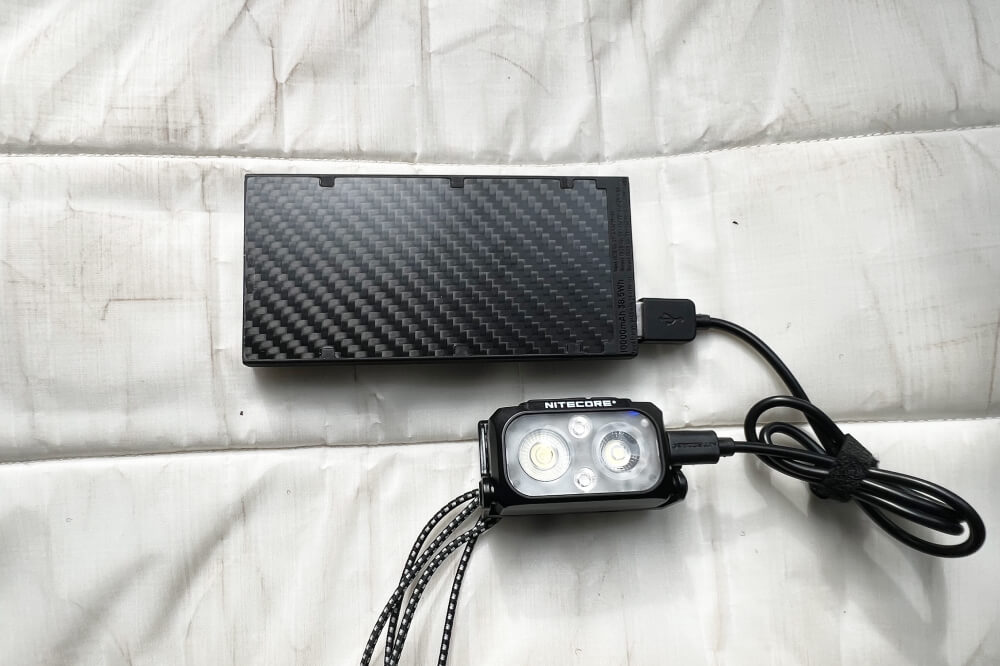
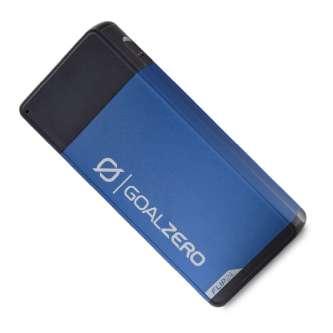
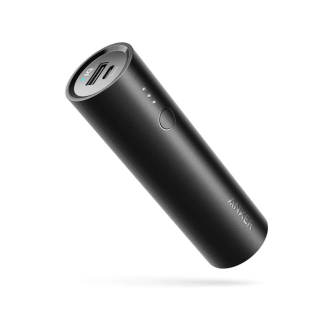
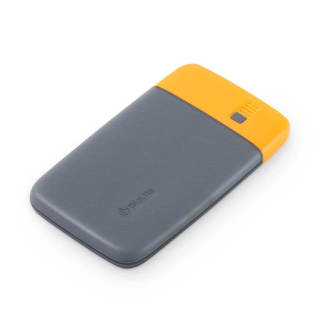
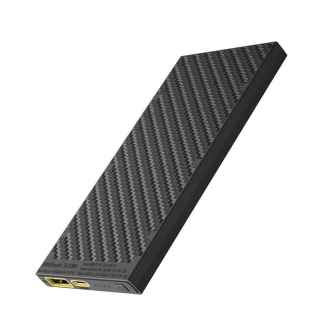
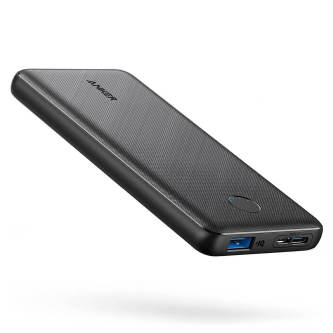
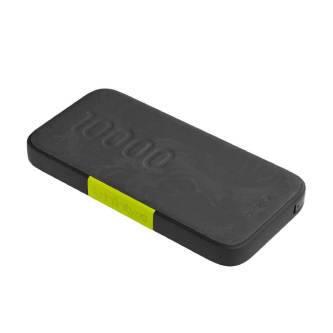
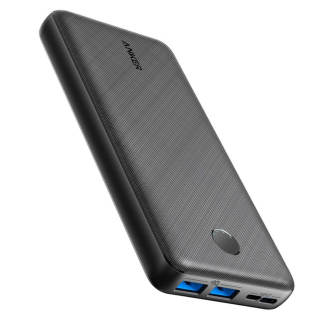
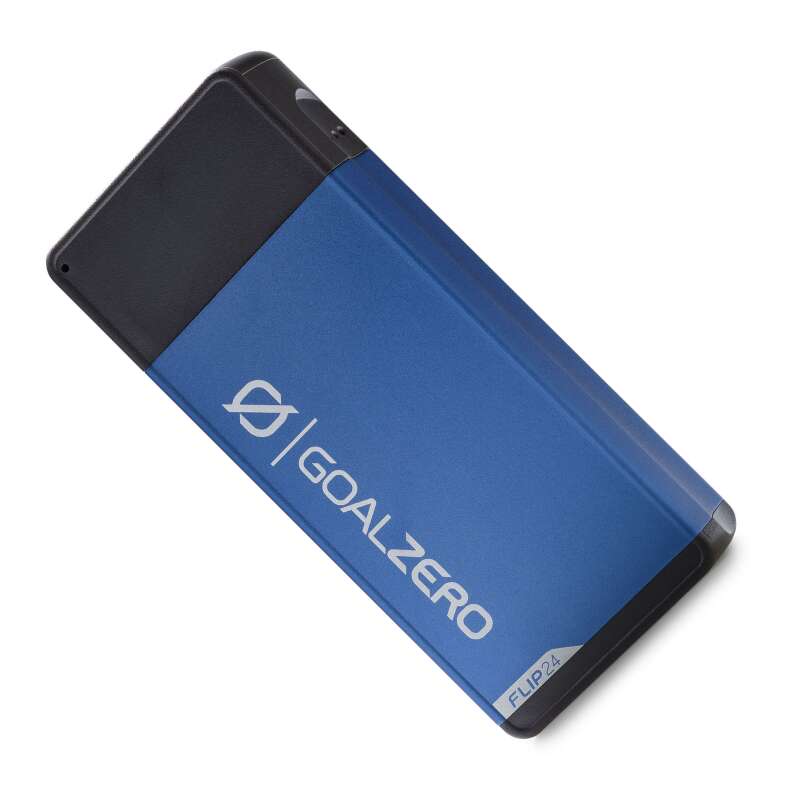
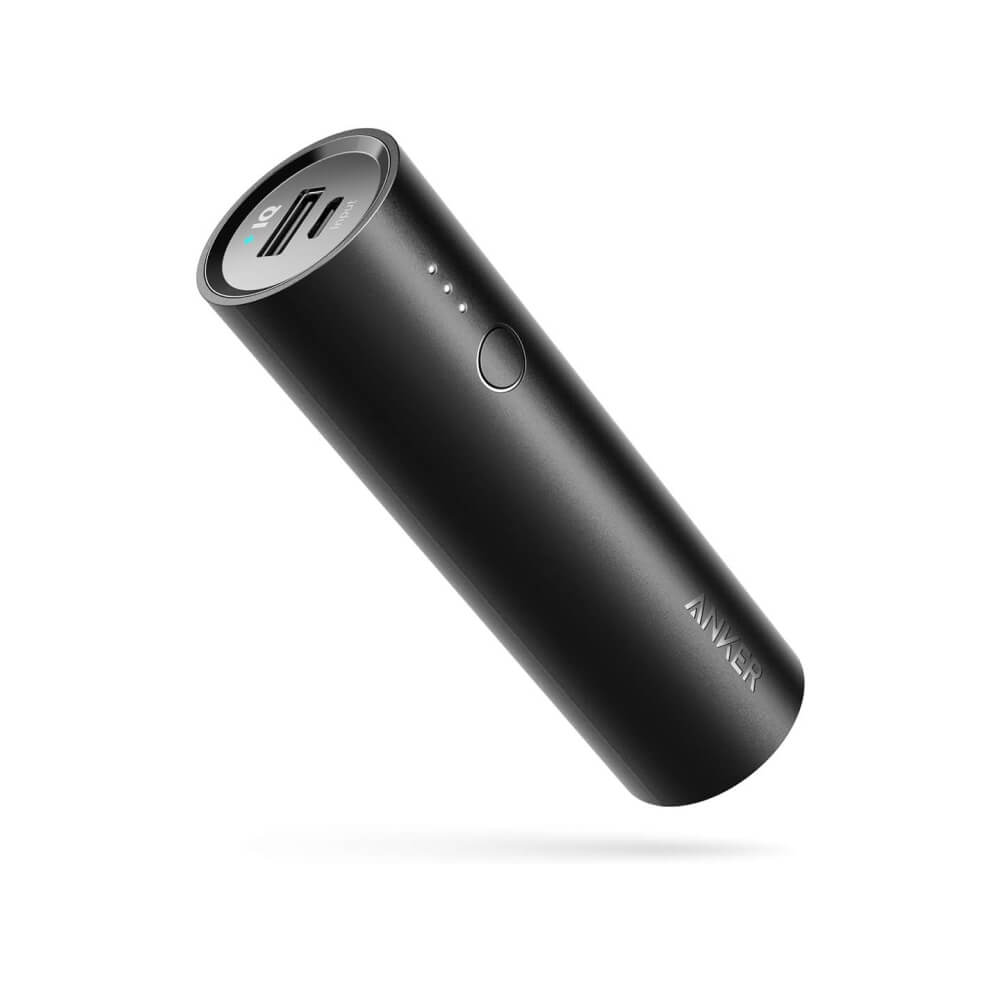
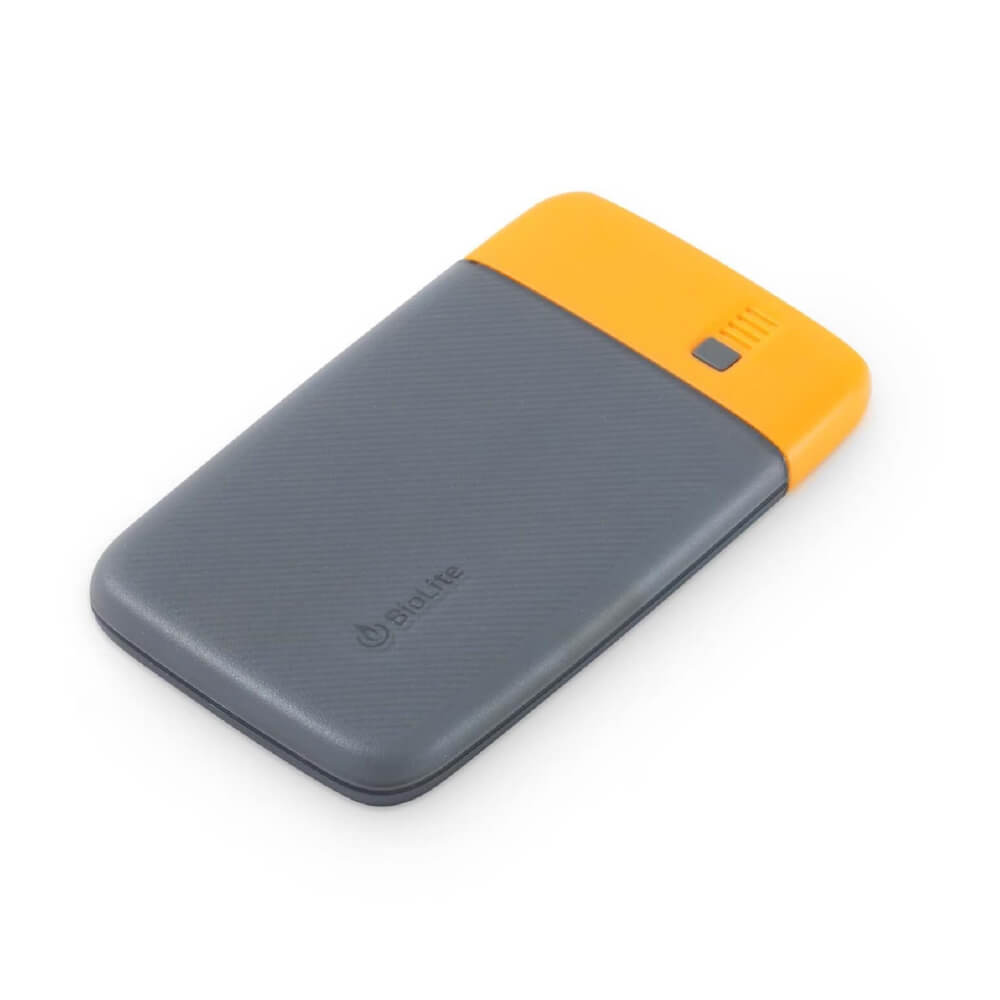
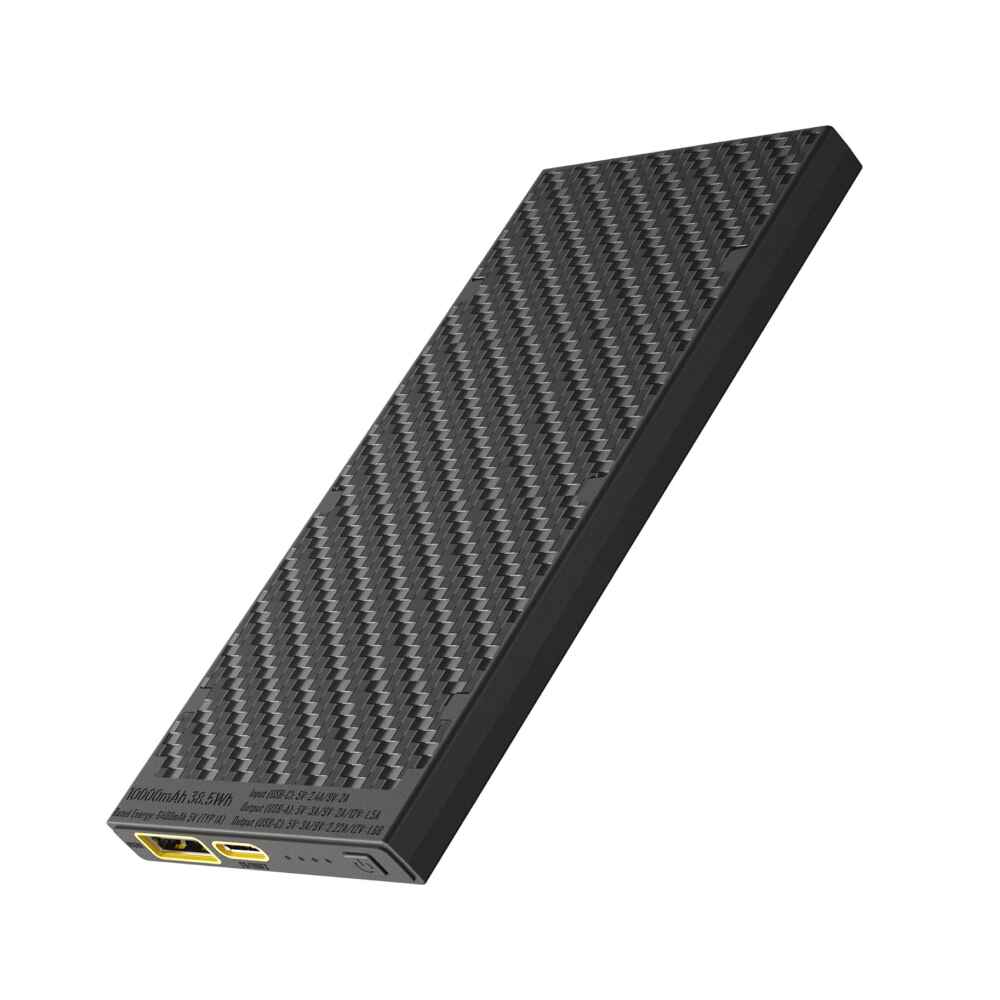
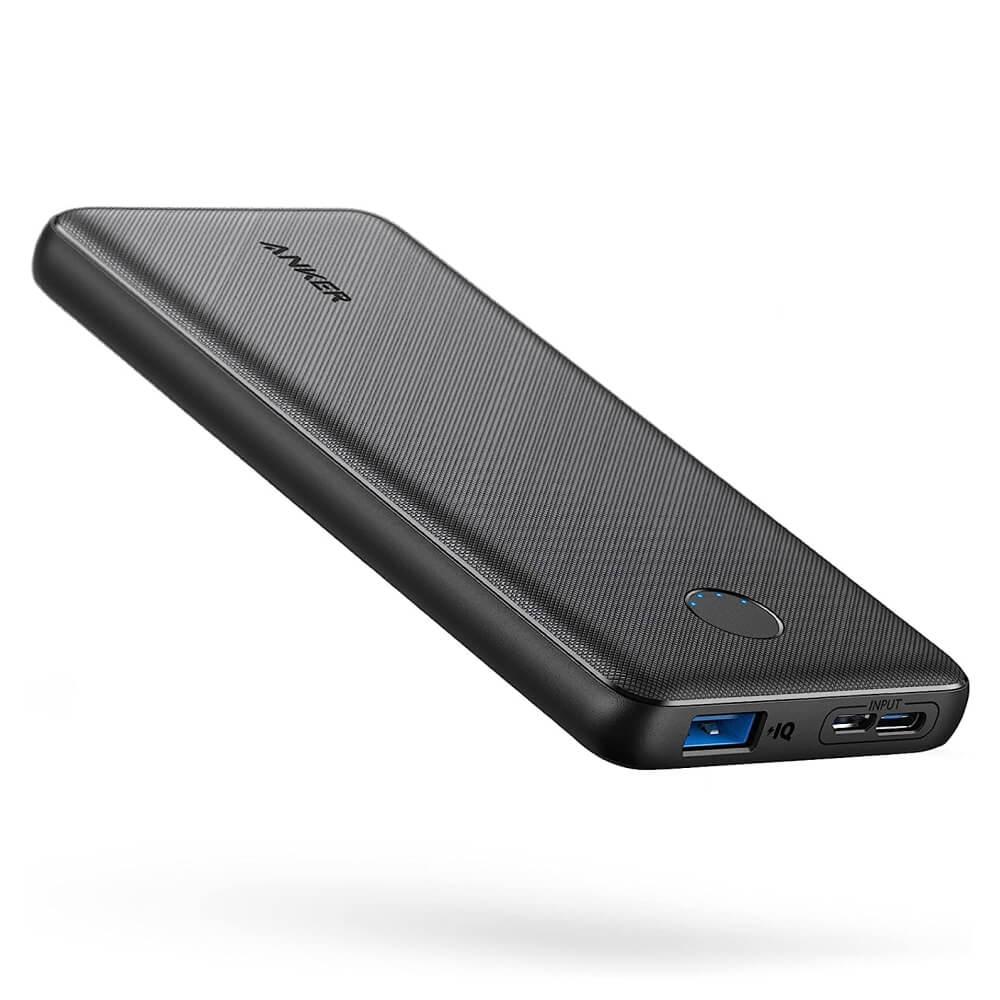
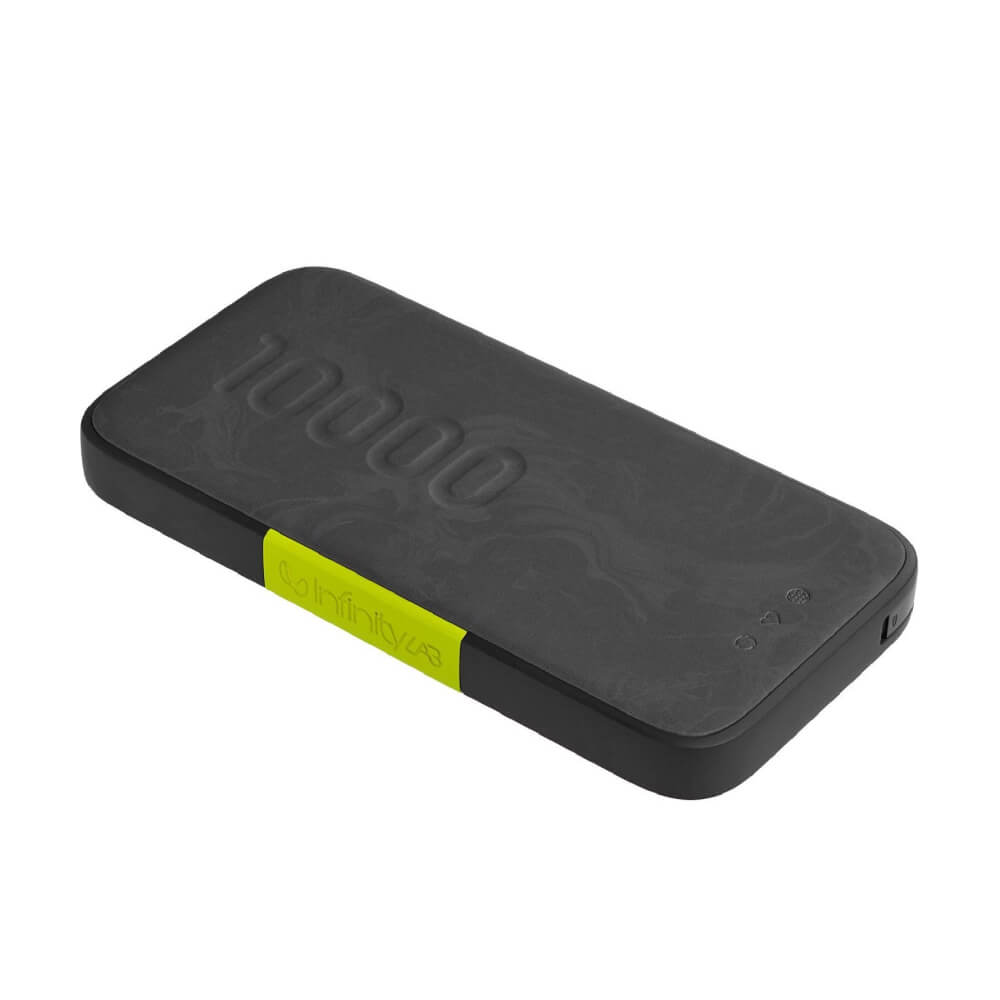
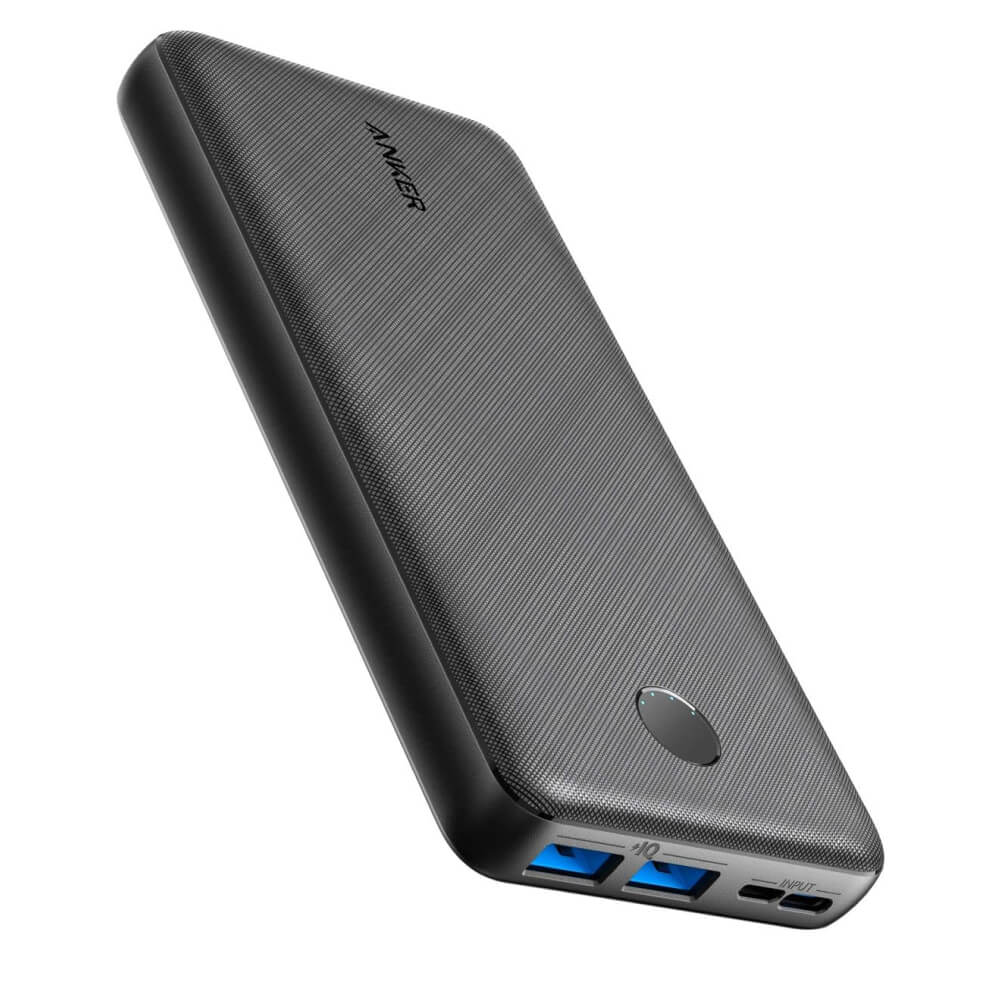
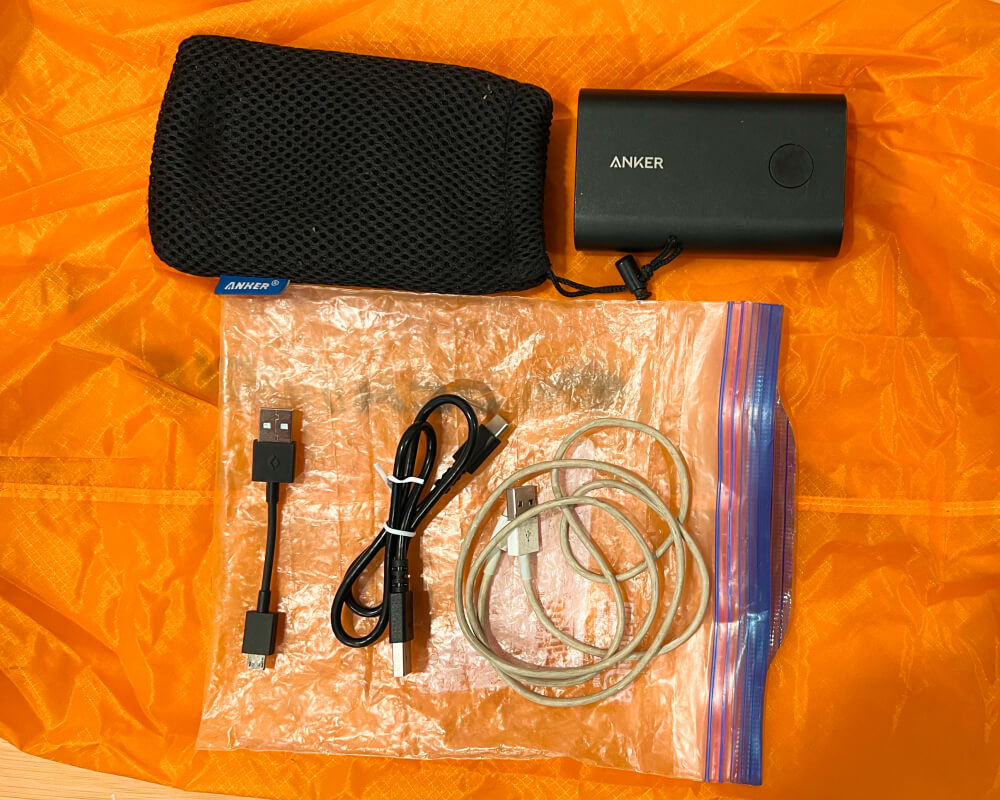
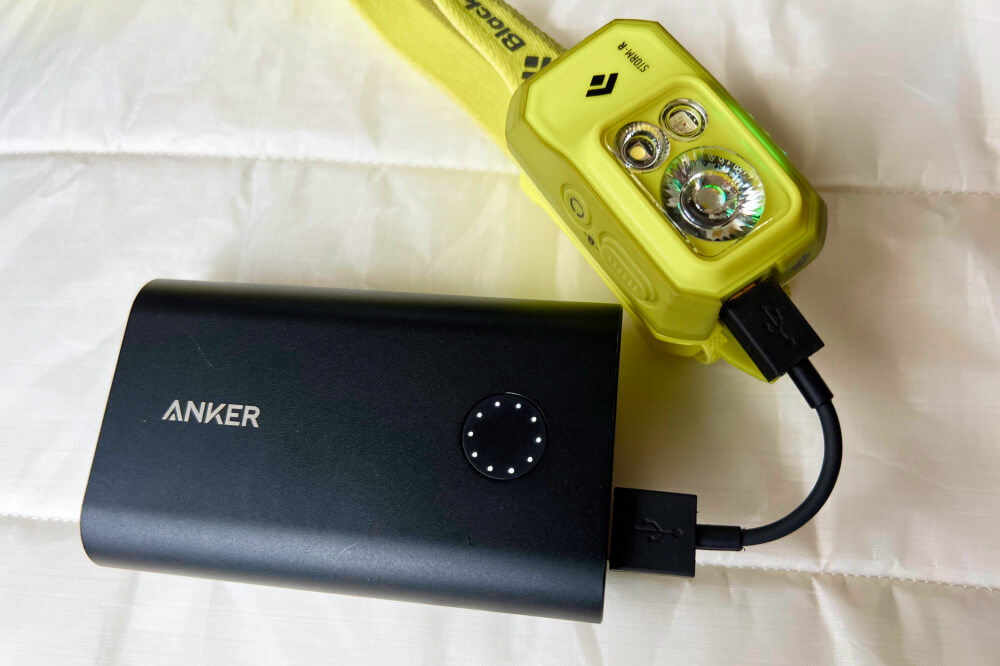


Share this entry